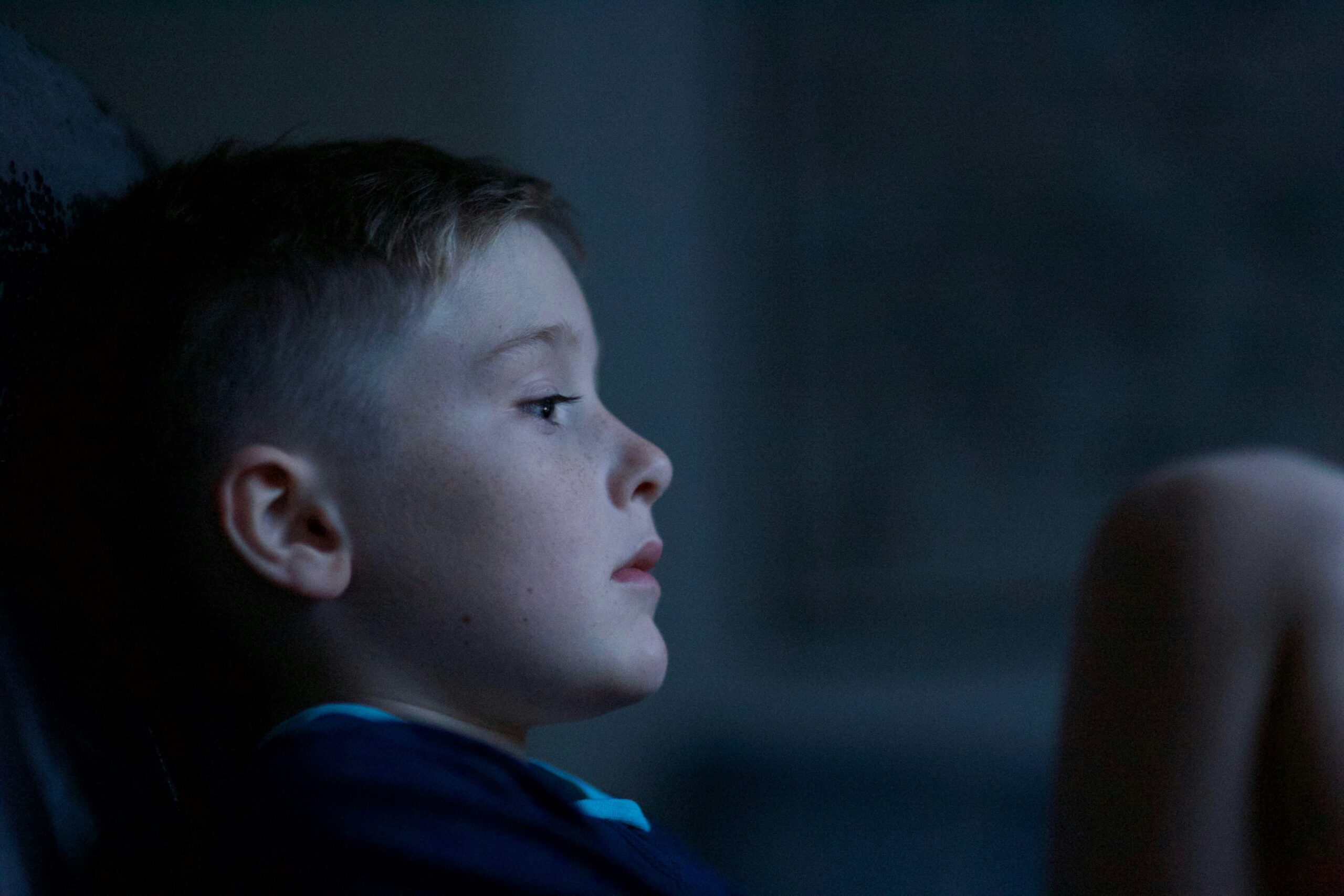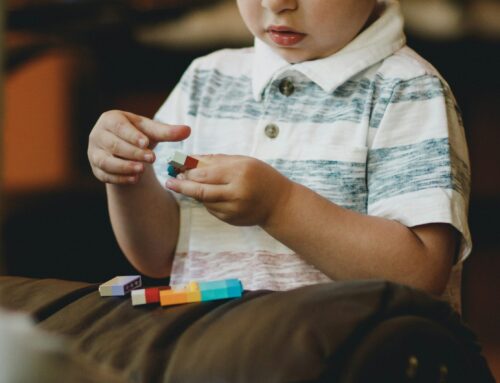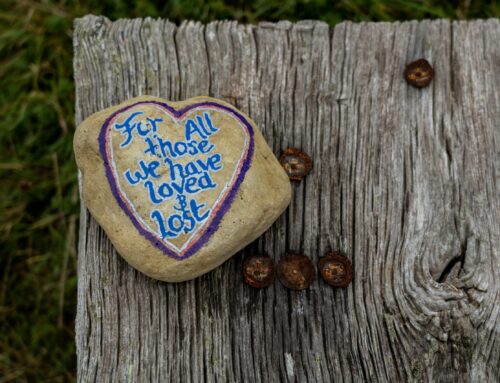Anxiety is one of the most common mental health disorders found in children, and it can take place in a variety of different forms. Since this disorder can look different for everyone, it makes it extremely difficult for parents to truly understand what their child is going through and spot signs and signals that indicate that they might need help. In this article, we will be unpacking a specific form of anxiety called agoraphobia, and how you can help if you suspect your child is suffering. (1)
What Is Agoraphobia?
Agoraphobia is the fear of experiences and situations that might cause embarrassment, hopelessness, or a feeling that one is unable to escape. Agoraphobia can cause extreme fear and anxiety, hindering children from living life to the fullest and reaching milestones in development. This can include:
Avoidance of Social Gatherings
Avoidance of social gatherings is one of the most common signs that your child might be struggling with agoraphobia. Social gatherings with large groups are seen as a breeding ground for possible embarrassments, such as difficult conversations, joking around, or making a mistake in the presence of a large audience. Social gatherings typically go hand in hand with crowded spaces, which can also contribute to the feeling of being trapped.
Fear of Leaving The House
If your child has demonstrated a fear of leaving the house, this might be a sign that they are struggling with agoraphobia. Going to school, extracurricular activities or family gatherings may seem so overwhelming that your child refuses to leave the home and exit their safe space.
Panic Attacks From Being In Public
When participating in society and entering public situations such as grocery stores, sports fields, or classroom lectures, children may feel as though all eyes are on them. This may cause panic attacks as a result of being in public, which can appear as fast and heavy breathing, crying, excessive pacing, or even passing out. (2)
Dependency on a Familiar Face
Another sign that your child may need help as they struggle with agoraphobia is over-dependencies on familiar faces. If your child experiences difficulty during school drop-off or has a special attachment to a certain stuffed animal or comfort item, this might be a sign that they are struggling and attempting to cope with their fear and anxiety.
Change in Sleep Patterns
Children with agoraphobia often struggle with a healthy sleep schedule. If you notice a change in sleep pattern from your child, this could be a sign that they need help. A change in sleep pattern can go both ways, either getting too much sleep or not sleeping at all. Both ends of the spectrum should be taken seriously as this might be a sign that your child is suffering.
Help For Juvenile Agoraphobia
Remember, the best thing you can do as an advocate and parent is seek professional help to get your child on a treatment plan that is made specifically for them. Our team of professionals at NeuroBehavioral Associates can help. Contact us today to learn more or to schedule an assessment.
Resources:
- Agoraphobia – Mayo Clinic
- Panic Disorder: When Fear Overwhelms – National Institute of Mental Health






